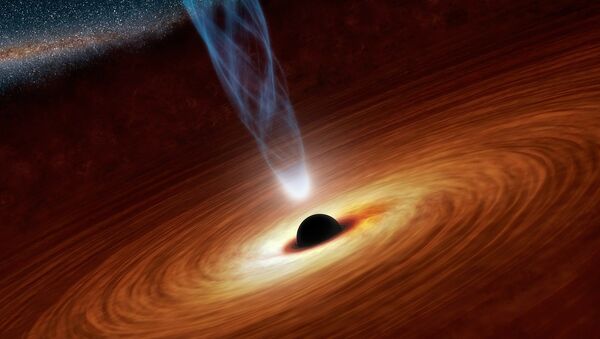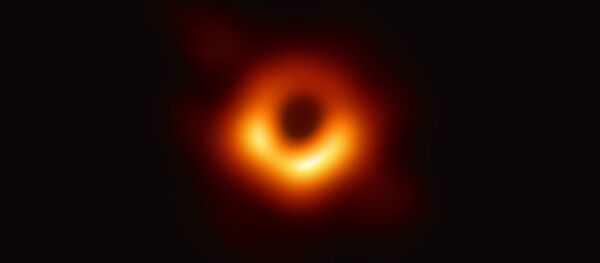A team of scientists, including Greg Sivakoff of the University of Alberta, were observing a black hole "feeding" on a nearby star, when they were able to record a jet stream arising from the hole.
What particularly struck the scientists was that the stream’s trajectory was swiftly changing — something never documented before.
This is one of the most extraordinary black hole systems I've ever come across," study author James Miller-Jones said in a statement. Miller-Jones is also an associate professor at Curtin University's International Centre for Radio Astronomy Research. pic.twitter.com/31Gh5tyMaW
— RxPharmacist (@RxPharms) April 30, 2019
The black hole, named V404 Cygni, is nine times the size of our sun and located 7,800 light years from Earth. Detailed analysis of Cygni’s behaviour was made possible with data captured by the Very Long Baseline Array interferometre.
"There were blobs of radio emission that were rapidly moving away from where we thought the black hole would be," enthused Sivakoff, a member of the team of astronomers with the International Centre for Radio Astronomy Research (ICRAR), after they made the discovery.
Professor Sivakoff said they were “gobsmacked” by what they saw in the system.
"James Miller-Jones, lead author of the Nature paper and associate professor at Curtin University in Perth, Australia, explains that "as the black hole spins, it literally drags the fabric of the universe with it." "#Perth #WesternAustralia #ICRARhttps://t.co/yD6MBZGfAq
— Kerry Wray (@KerryAWray) May 2, 2019
Appearing on CBC Edmonton's Radio Active on Monday, he stressed that it was really strange to see lots of these blobs on in such a short period of time, while their direction away from the black hole was changing over time at a rapid timescale.
READ MORE: New Data Reveals Known Universe is Younger and Expanding Faster
The phenomenon itself was observed in the summer of 2015, but it took the team another four years to verify the data and findings.
It was these findings that were published in the science journal Nature on Monday. ICRAR shared an animated video of what they observed.
In the video, James Miller-Jones, lead author of the Nature paper and associate professor at Curtin University in Perth, Australia, explains that "as the black hole spins, it literally drags the fabric of the universe with it."
What is particularly intriguing is that the theory behind what causes the "wobbling" movement, as Sivakoff calls it, is the basis for many science-fiction plots.
If you're keen to see more, here's an animation of the precessing jets and accretion flow in V404 Cygni narrated by our own Associate Professor James Miller-Jones: https://t.co/NO7RmACPh7
— ICRAR (@ICRAR) May 2, 2019
The stunning discovery has led some observers to wonder if the black hole presents an opportunity for time travel.
Albert Einstein’s landmark Theory of Special Relativity states that when you travel through spacetime, especially when your speed relative to other objects is close to the speed of light, time goes slower for you than for people you left behind.
Moving forward, Sivakoff hopes this discovery could be the basis of future research on larger entities in space that astrophysicists believe are central to the creation of galaxies.





